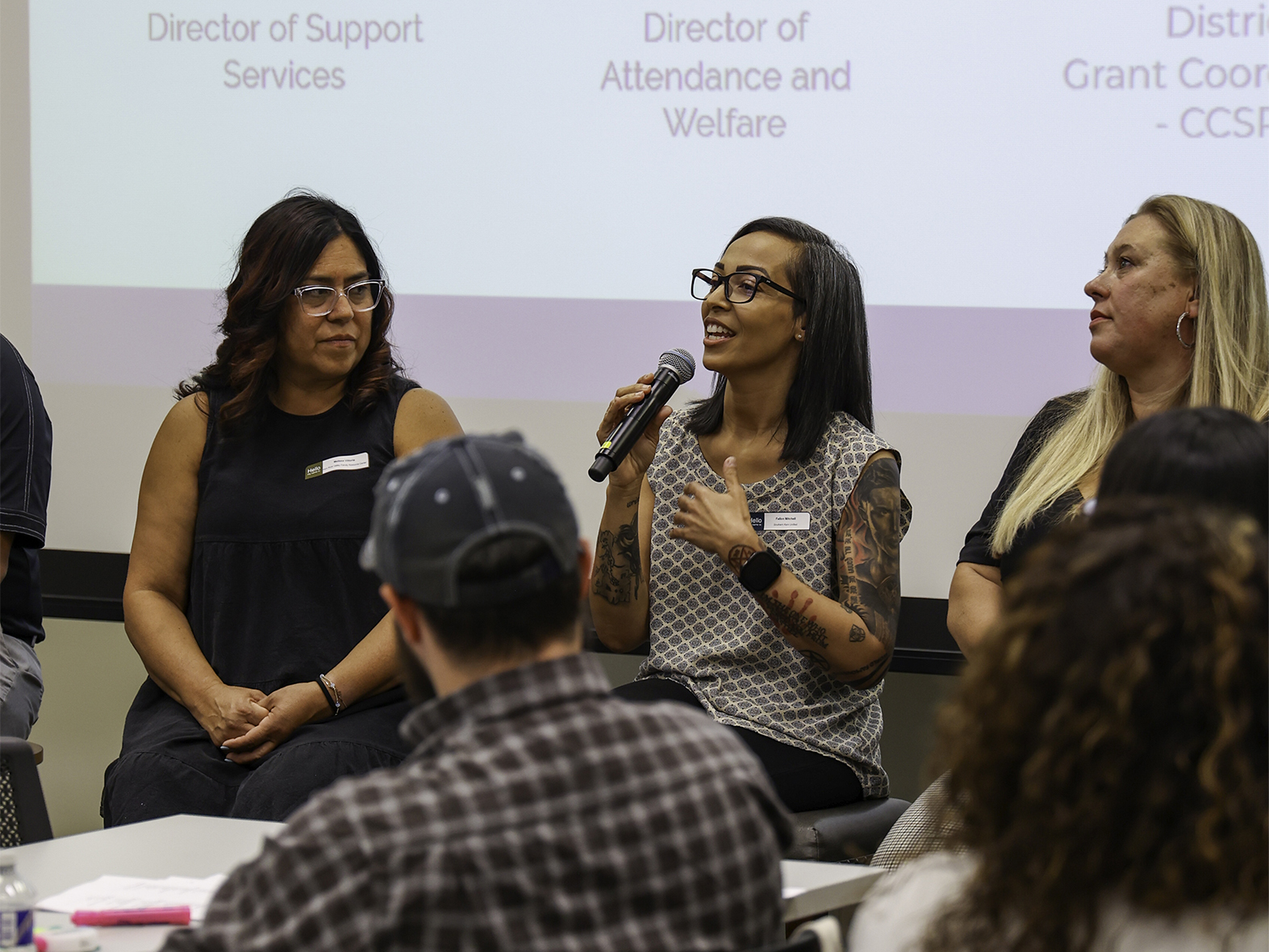
Kern Districts, Partners Unite to Strengthen Schools through Community Model
Wednesday August 6, 2025
Over the summer, school districts from across Kern County came together for the region’s first Community Partner Convening, an event dedicated to building stronger collaborations between schools and community organizations. Hosted by the Kern County Superintendent of Schools (KCSOS), the convening welcomed more than 90 participants — including representatives from 15 school districts — to strengthen regional networks and share strategies for supporting students and their families.
“We’ve been focusing on our coordinators of the school sites and understanding the framework. This year, we’re trying to bring in community partners,” said Anita Cruz, Senior Director of the Community Schools Program at KCSOS.
The event is part of a growing movement in California and across the nation to transform schools into community hubs that address the full range of student and family needs — not just academics — but healthcare, mental wellness, nutrition, transportation, and more.
“Building the relationships has been very powerful,” explains Ericka Pineda, Community Programs and Outreach Specialist at KCSOS. “Having those conversations and bringing them together at the same table is helping a lot.”
Community Schools aim to “wrap around” students with services that remove barriers to learning and support their overall well-being. The California Community Schools Partnership Program (CCSPP) is based on four pillars: integrating services, expanding learning time, shared leadership, and family and community engagement.
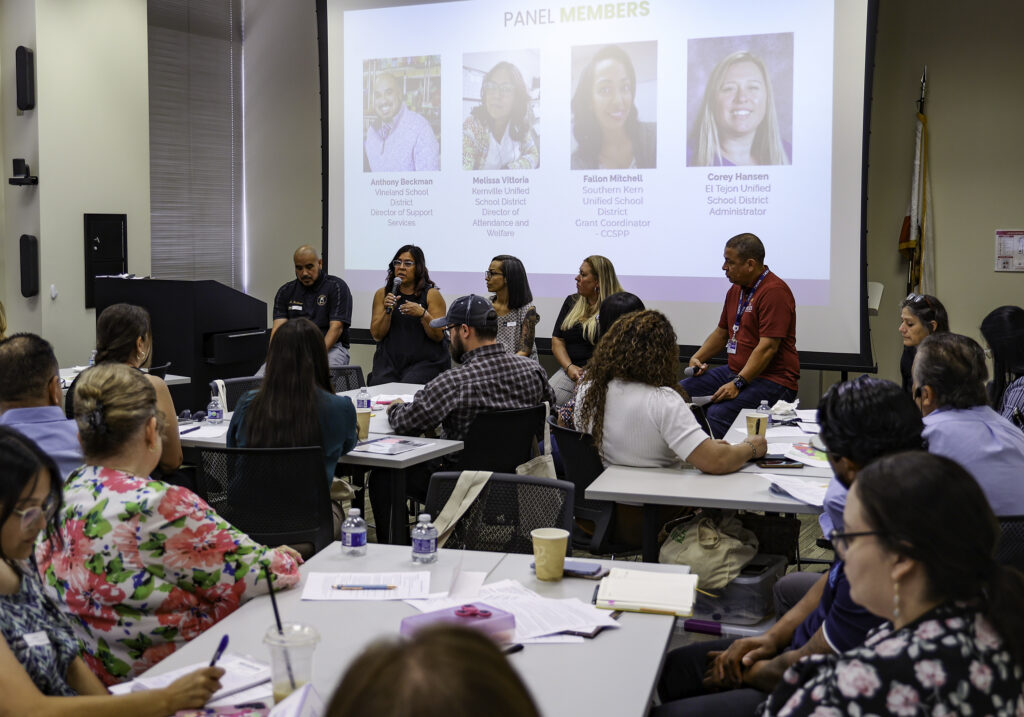
Speakers share best practices for community schools.
Kern County has received over $65.5 million in planning and implementation grants to support these efforts. The grants fund initiatives such as opening wellness centers, hiring counselors, partnering with health providers, and improving transportation to make schools more accessible and supportive.
But the model is not one-size-fits-all. Community Schools look different in every district because the needs of every community are different.
“One of the school districts in the eastern part of Kern County, their need is medical care. They started creating a network with other school districts, pooling resources and building that relationship,” said Angelica Ranches, Content Coordinator for Community School Support.
Districts at the convening represented all phases of the Community Schools journey — from early planning to full implementation. Some, like the Southern Kern Unified School District (SKUSD) in Rosamond, have already created family resource centers and hosted community events.
McFarland Unified School District is in its fourth phase of the grant and has seen measurable success. The district focused on improving its chronic absenteeism rate, which dropped from 21 percent to 10 percent thanks to a coordinated approach that includes health services, transportation assistance, and proactive home visits.
“Our goal this year is to get down to 7.5 percent,” said Lourdes Lule-Licea, Coordinator of Health and Community Services for McFarland. “If they’re not in school, then how are they going to learn, succeed, and achieve?”
McFarland has partnered with Good Samaritan Hospital, Premier Valley Medical Group, and local pharmacies to bring medical, dental, vision, and mental health services to school sites. They also coordinate transportation for students who require off-site appointments and rely on donations from partners such as Amazon and Dollar General to distribute essentials to the community.
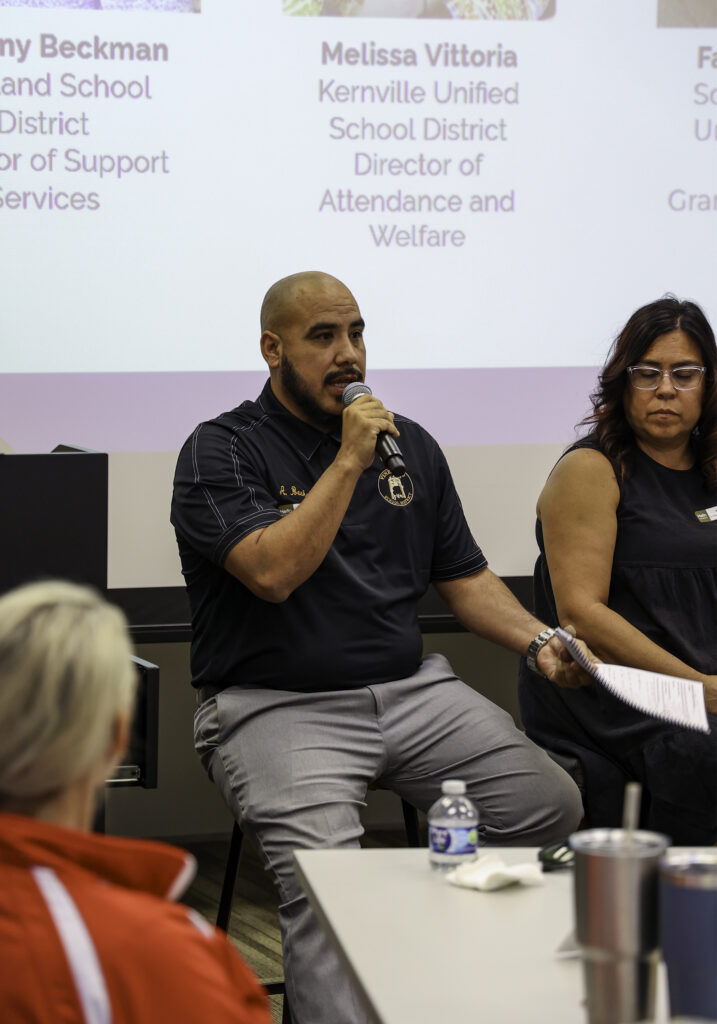
Anthony Beckman with Vineland School District discusses how the Community Schools Grant allowed them to address food insecurity in the district by opening a food pantry for their community.
Speakers at the convening emphasized the importance of collaboration and building trust with families and partners over time. Lule-Licea said the meeting provided her with an opportunity to network with other school districts and community partners, sharing ideas and best practices to benefit all.
“It was a great time to network. I shared what we’re doing, and I learned from others as well, about how they’re working with their students, which is an area that I want to strengthen,” Lule-Licea said.
Quarterly follow-up meetings are planned to keep the momentum going, with upcoming convenings scheduled for September 18 (in-person), December 18 (virtual), and March 19, 2026 (in-person). Pineda said it takes transparency and vulnerability to assess and fully meet students’ needs, and to lead them toward success.
“It’s about opening up and letting everybody know what the needs are,” she emphasized. “The more we have these conversations, it’s going to build a rapport, and that collaboration is helping our families, our communities, and our students with great outcomes.”
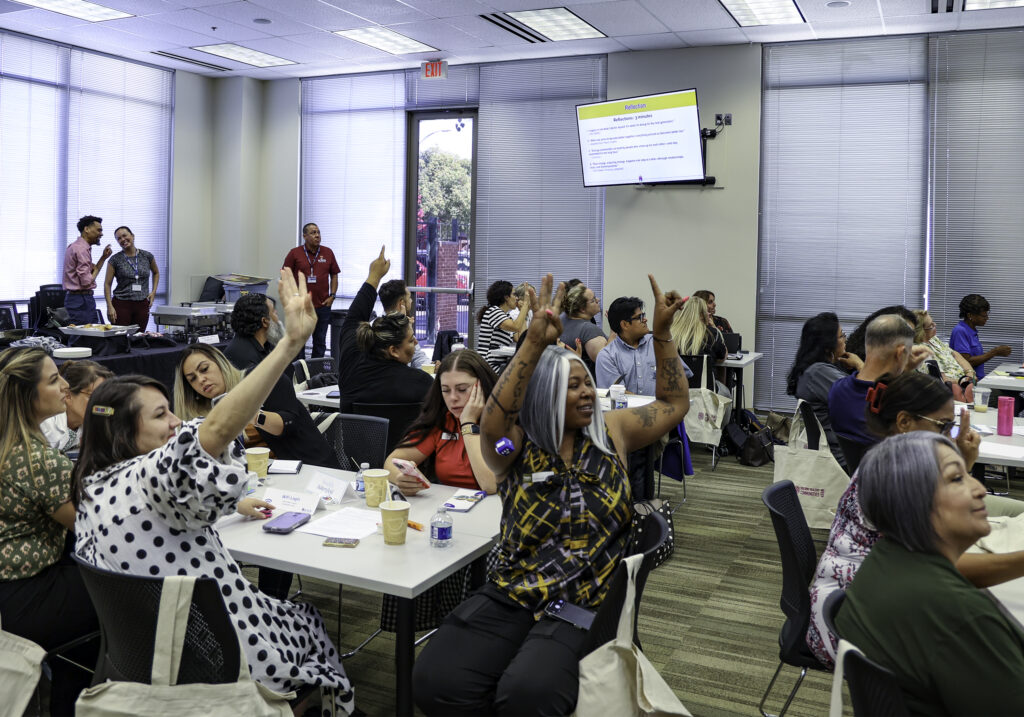
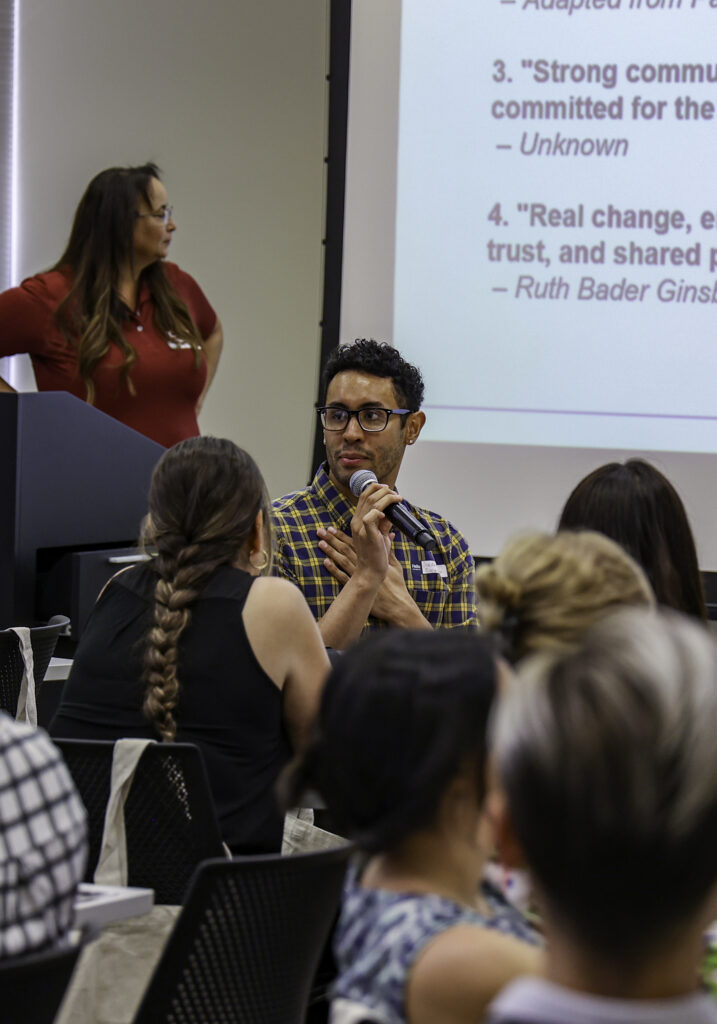
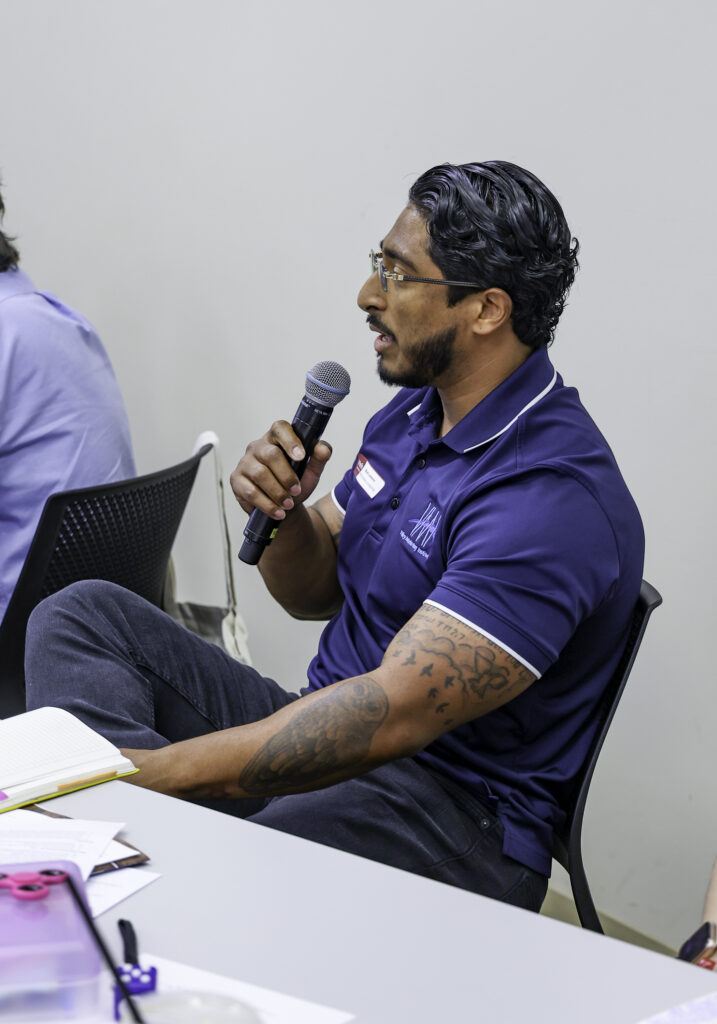
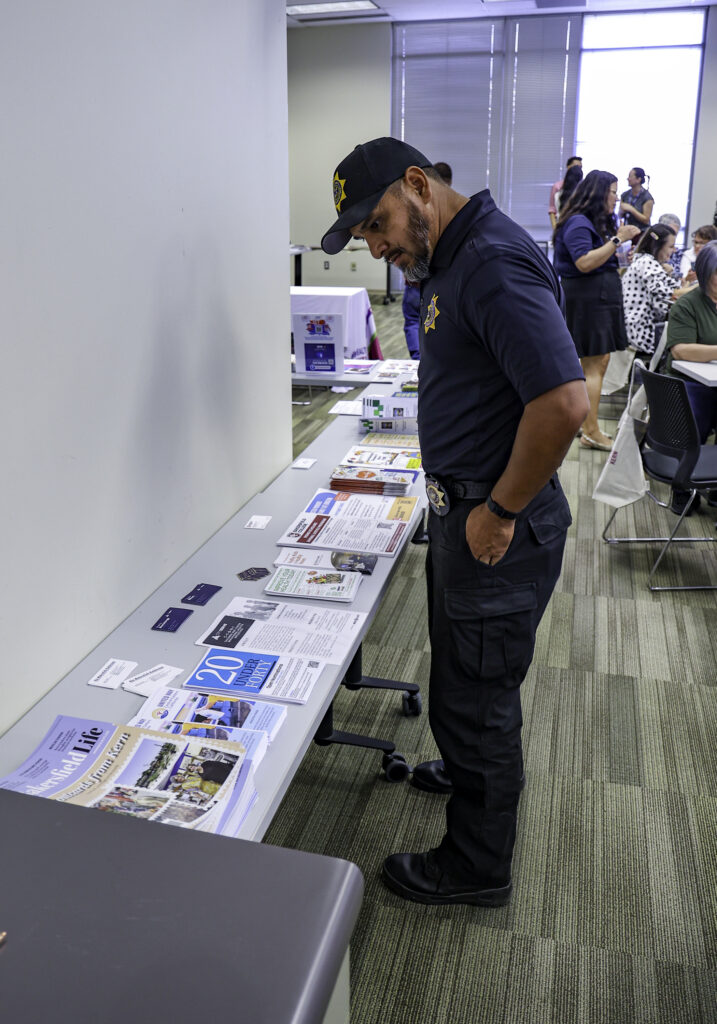
By Katie Avery
Katie Avery joined the Kern County Superintendent of Schools in 2023 as a Communications Specialist. As a former journalist and marketing professional, her passions include media and storytelling. Before joining KCSOS, Avery worked for various local TV stations as well as the health care industry.
